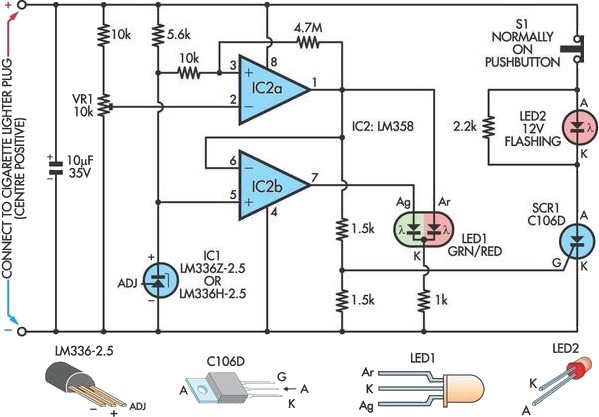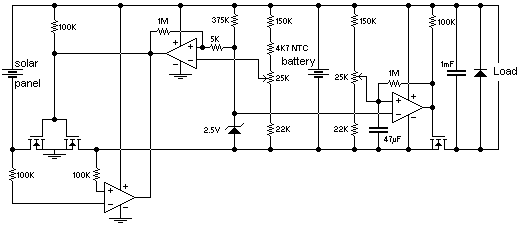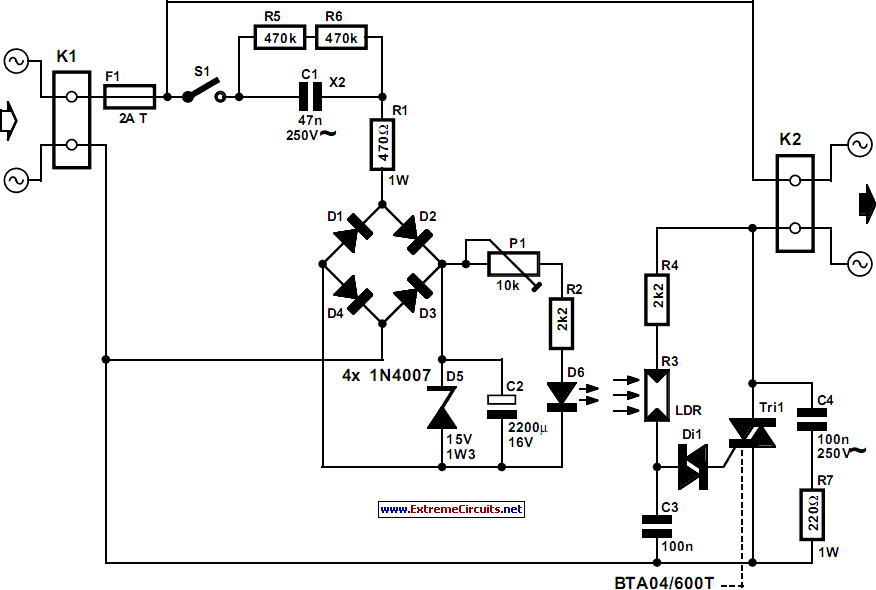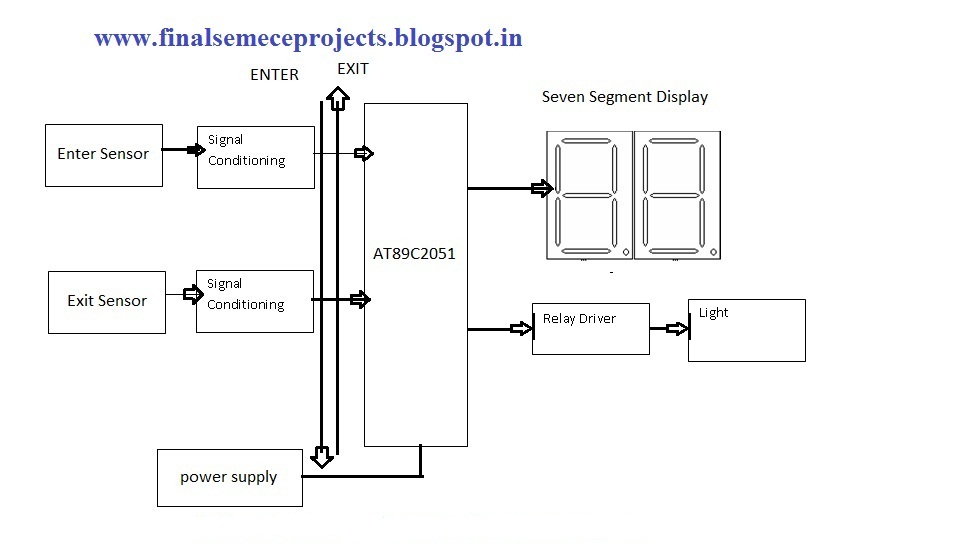
Automatic Charger for Battery Hi-Fi Preamps
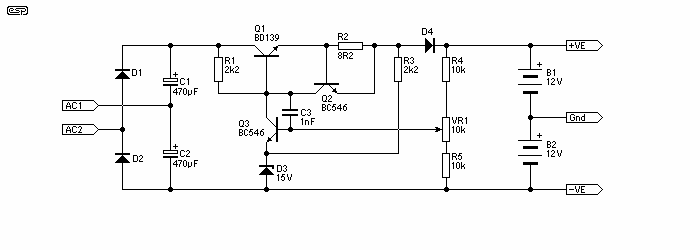
This project is one for the experimenter, but as shown will work extremely well. The sensing circuit can be made so sensitive that a load of only 2.5mA is enough for the circuit to detect, and disconnect the charger. The idea is that the charger is left permanently connected, but of course that would normally introduce some hum into the supply lines. More: The sensor detects that you have switched on the preamp (or small power amp for that matter), and immediately switches off the charger, so while listening, there is no connection to the AC. Although it is possible to use a "solid state" switch.
The described project involves a sensing circuit designed to enhance audio quality by eliminating hum from the power supply during operation of audio equipment. The core functionality relies on a highly sensitive detection mechanism that can identify a minimal current load of 2.5mA. This sensitivity allows the circuit to effectively monitor the power state of connected audio devices, such as a preamplifier or a small power amplifier.
The configuration permits the charger to remain permanently connected to the power source, thereby ensuring that the audio equipment is always ready for use. However, to prevent interference caused by AC hum, the circuit is designed to disconnect the charger immediately upon detecting the activation of the audio device. This disconnection is crucial for maintaining audio fidelity, as any AC hum can significantly degrade sound quality during playback.
To implement this functionality, a solid-state switch can be utilized, which offers reliable and fast switching capabilities without the mechanical wear associated with traditional relays. The sensing circuit may include components such as operational amplifiers for signal conditioning, a comparator to discern the load current, and a control mechanism that triggers the solid-state switch.
In summary, this project provides a practical solution for audiophiles seeking to minimize interference in their audio systems. By leveraging a sensitive sensing circuit and a solid-state switching mechanism, it ensures that the charger is disengaged during critical listening periods, thereby enhancing overall audio performance.This project is one for the experimenter, but as shown will work extremely well. The sensing circuit can be made so sensitive that a load of only 2.5mA is enough for the circuit to detect, and disconnect the charger. The idea is that the charger is left permanently connected, but of course that would normally introduce some hum into the supply lines.
The sensor detects that you have switched on the preamp (or small power amp for that matter), and immediately switches off the charger, so while listening, there is no connection to the AC. Although it is possible to use a "solid state" switch, 🔗 External reference
The described project involves a sensing circuit designed to enhance audio quality by eliminating hum from the power supply during operation of audio equipment. The core functionality relies on a highly sensitive detection mechanism that can identify a minimal current load of 2.5mA. This sensitivity allows the circuit to effectively monitor the power state of connected audio devices, such as a preamplifier or a small power amplifier.
The configuration permits the charger to remain permanently connected to the power source, thereby ensuring that the audio equipment is always ready for use. However, to prevent interference caused by AC hum, the circuit is designed to disconnect the charger immediately upon detecting the activation of the audio device. This disconnection is crucial for maintaining audio fidelity, as any AC hum can significantly degrade sound quality during playback.
To implement this functionality, a solid-state switch can be utilized, which offers reliable and fast switching capabilities without the mechanical wear associated with traditional relays. The sensing circuit may include components such as operational amplifiers for signal conditioning, a comparator to discern the load current, and a control mechanism that triggers the solid-state switch.
In summary, this project provides a practical solution for audiophiles seeking to minimize interference in their audio systems. By leveraging a sensitive sensing circuit and a solid-state switching mechanism, it ensures that the charger is disengaged during critical listening periods, thereby enhancing overall audio performance.This project is one for the experimenter, but as shown will work extremely well. The sensing circuit can be made so sensitive that a load of only 2.5mA is enough for the circuit to detect, and disconnect the charger. The idea is that the charger is left permanently connected, but of course that would normally introduce some hum into the supply lines.
The sensor detects that you have switched on the preamp (or small power amp for that matter), and immediately switches off the charger, so while listening, there is no connection to the AC. Although it is possible to use a "solid state" switch, 🔗 External reference
